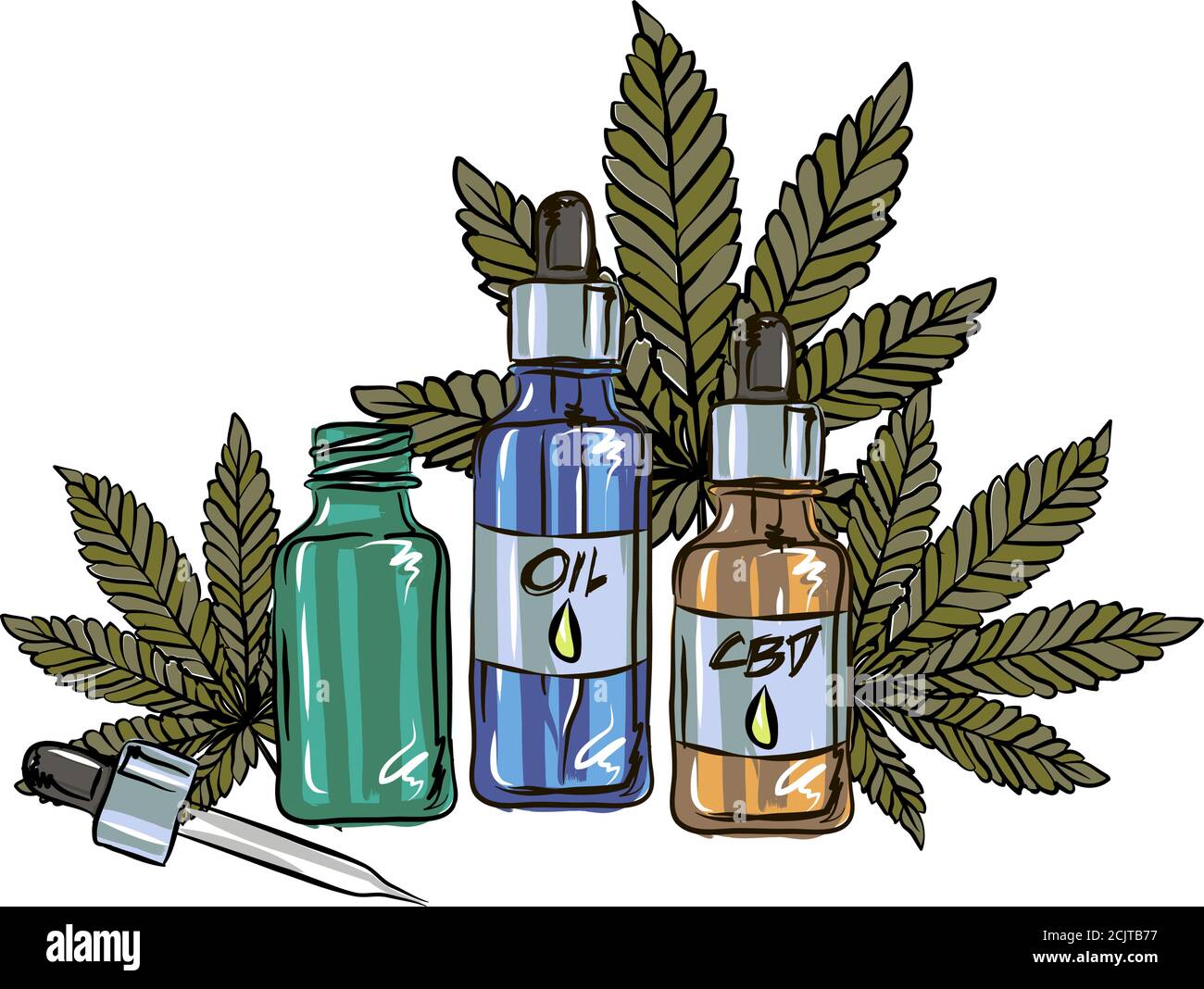
| In 2018 when the Farm Bill passed, it became a race to take advantage of a new product available to the people. The legalization of hemp (but not the THC compound that induces a high) brought an opportunity to get creative with the use of medical marijuana, except with compounds that are legal on the federal level. By 2020, two years after the Farm Bill, US CBD sales hit $4.6 billion. Today, there is still a lot of uncertainty about whether CBD products work, what they work for (ie, anxiety vs. arthritis), how to use them, and how much CBD needs to be applied to get results. Measuring the usefulness of topical CBD ointments for conditions like osteoarthritis, rheumatoid arthritis, muscle soreness, and aches & pains comes with its list of problems. Most of these problems have to do with the fact that the CBD industry isn’t regulated. There’s no baseline in the wide range of CBD-infused products to determine the concentration, quality, amount, or other active ingredients to show benefits. Many CBD labels that say something like “rich in CBDs” may not contain any CBD. In CBD products tested by a law firm in Boston, 1/3rd of the products did not contain CBD. This leads to two issues with CBD. One is if the CBD compound does anything for pain management, and secondly, if it does, do CBD products contain dosage amounts to ease discomfort. There have been a lot of studies on CBD but unfortunately, there is not a lot of evidence that it works. The vast majority of research on CBD for pain management does not isolate CBD from THC. Most studies are done on animals, with injections or applying CBD so that it enters the bloodstream, which topical CBD for humans does not do. A recent 2021 Australian study on humans with acute lower back pain isolated the CBD compound. The study found that the CBD group reported the same levels of pain as the placebo group. The idea of marketing CBD as being just the “therapeutic part” of marijuana without the negative drug connotation is an easy sell. Before choosing a CBD product, the very little research that’s been conducted shows that CBD probably does not contribute to topical pain relief. Just because CBD is legal doesn’t mean it’s regulated or useful in pain management. Sarah Jacoby extensively covered CBD for Self Magazine. In her words, “If you (like me) feel like your CBD cream is truly having an effect, it’s likely unrelated to the CBD itself. And because there are plenty of other pain management options out there that we know more about—including medical cannabis—it’s important to talk to a health care provider to make sure you’re not overlooking something else that might be more helpful.” |


